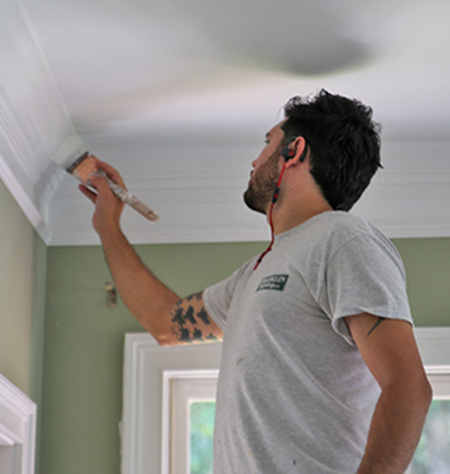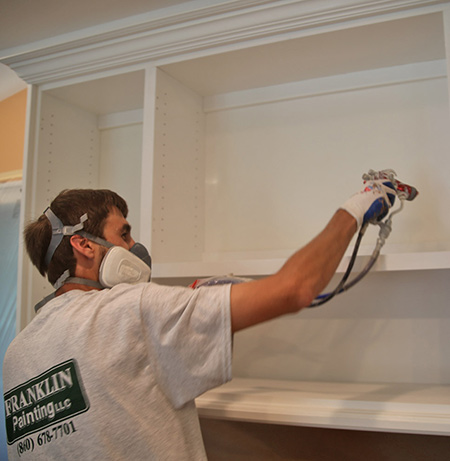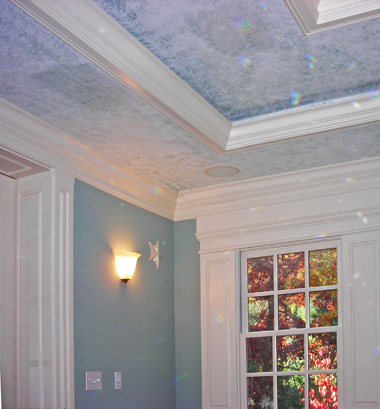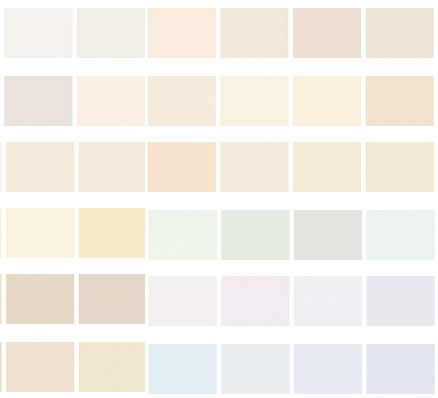
The main factor when it comes to painting indoors in the winter is the temperature. Fortunately in Connecticut, we have many winter days where the outside temperatures aren’t extreme, making them ideal to get moving with a paint project.
Some paint facts
Paint should never be applied to very cold surfaces. It will cause all range of problems with the finish and may require more work to fix.
All paint has some odor, but some has much less than others. Water-based latex paint with a low VOC (volatile organic compounds) rating will produce the least odor. This is important when painting during the winter, because you likely want to keep windows closed to keep the cold outside air out.
How to create the optimal environment
The amount and quality of insulation behind your walls (for wall-painting) will affect the surface temperature. Some days may simply be too cold to paint. On milder days, keep heat running in the rooms where you’re working. For ventilation, a cracked window might suffice, or you may be able to get by with a floor fan in the doorway/entryway blowing out. (Remember to never use an oil-based paint in an area that isn’t fully ventilated!)
Additionally, it’s a good idea to schedule your painting during the warmest part of the day, ideally when the sun is striking the home in the areas you’ll be working. When the sun goes down and it starts getting colder, pack it up and wait for tomorrow.

No matter what time of year you paint, your results will always be better if you follow these practices:
· Assemble all the items you’ll need before getting started. Work from a checklist.
· Buy quality paint and quality brushes/rollers.
· Clean dirt, oil and grime off surfaces thoroughly and let dry sufficiently.
· Scrape off chipping/peeling paint and sand smooth.
· Before rolling, use a brush to paint two-inch cut-in strips along all areas where walls connect with one another and with ceilings.
· Roll paint using an “M” pattern, and go from the top of the wall to the bottom in small sections.
· If applying two coats, give paint time to fully dry – this may take a little longer in the winter.
· Make sure to provide the appropriate ventilation – your nose will tell you if it’s not enough!
Painting in the winter can be an enjoyable and productive experience when you follow these tips and guidelines. If you want to turn the job over to professionals who do a lot of winter painting in Connecticut, Franklin Painting of Farmington is ready to help. Call us at (877) 646-7774 and tell us about your project.

Frank Campanelli, the esteemed founder of Franklin Painting LLC, has been leading the company since 1986. He takes immense pride in the stellar reputation his dedicated team has built by consistently delivering top-notch service to each customer.



